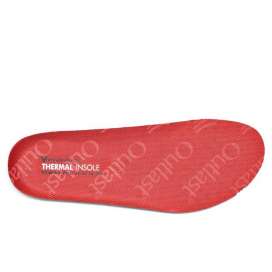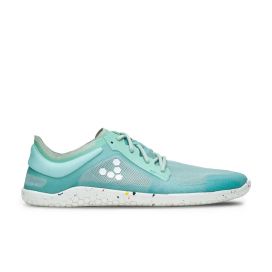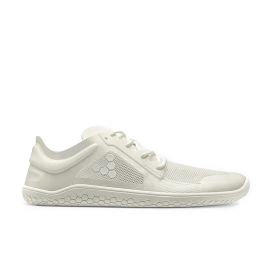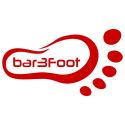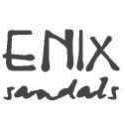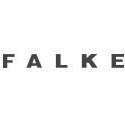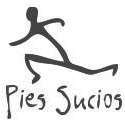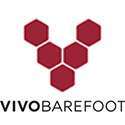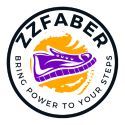No products
Prices are Management included
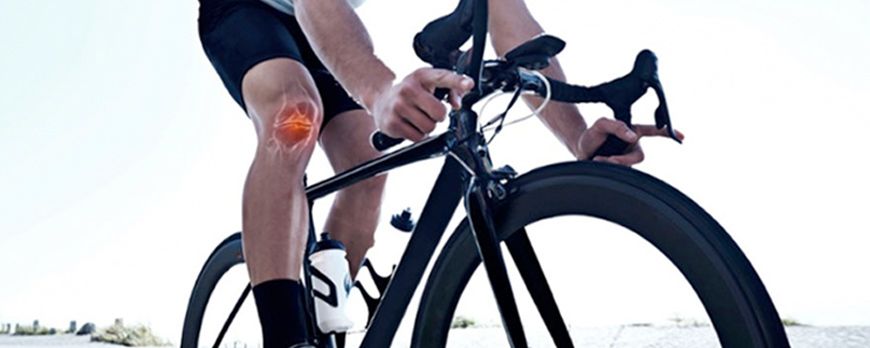
You are losing bone and if you are a cyclist, even more
Cyclists often have problems with their feet and the other day I was reading a book and it was emphasised.
It talked about problems with the bones, but there are also bunions, disabled big toes, stiff feet...
I am telling you about it today because the Vuelta a España is coming to an end and this year I was able to see the end of a stage live.
In Rincón de la Victoria, in Málaga.
I was impressed by the deployment of resources, the great organisation and the number of people behind it.
And all for the few minutes it takes to arrive.
Once the cyclists cross the finish line, they head to where their teams' collaborators are. They freshen up, go through the media and keep pedalling to cool down.
All except the stage winner and the leader. They go to the podium.
We stood behind where they do the interviews and we could see some familiar faces.
Although I didn't know anyone and it was my son Fernando who told me the names.
The children were enthusiastic about everything they saw and were obsessed with getting a bidon. Behind the fence they shouted out the names of the cyclists, but there was so much noise that their voices were barely audible.
Look dad, there goes Enric Mac and he still has the bidon.
Enric is the leader of Movistar and he gets a lot of attention.
Eric, Eric.... the canister! —I start shouting.
It's not Eric dad, it's Enric and it's called bidón —Fernado corrects me.
At 45 years old, I'm still a disaster when it comes to names. I don't know if it's a lack of attention or language problems, but I'm a poem when it comes to mixing up letters.
Almost all the cyclists have passed and the children lose the illusion of getting the trophy that proves they have seen the Vuelta a España.
We should have been on the other side —they say.
But from here you can see the faces of the interviewers —I reply defensively.
In part I understand them, as long as they don't show their friends proof of what they've seen, it's all just a matter of,
Yeah man, you've seen it!
Yes man, you've seen the Vuelta .... and I've been on the Tourmalet in the Tour de France.
Some things don't change, no matter how much time passes.
The last rider to cross the finish line arrives and is interviewed.
The kids and my wife get right behind him and start shouting at him.
The bottle, the bottle, the bottle! ....
Wait for the interview to finish —I scold them.
And they go from shouting to hand gestures. The one where you open your mouth and take your thumb in their direction, in a back and forth movement.
The cyclist sees them, but looks away. They are distracting him. But when he finishes, he picks up the jerry can and gives it to the interviewer to bring to the children.
A triumph, the children are thrilled with their treasure.
Well, in the book Antifragile, Nicholas Taled says:
"The bones of the body are strengthened when subjected to gravity, for example after working (briefly) in a piano transport company.
And they weaken if we spend a lot of time riding a bicycle (something few people know about)."
He continues.
"Traditionally it has been taken for granted that ageing causes bone weakness (bones become more brittle)...Women start to suffer from osteoporosis after the menopause.
But what Karsenty (Nature, 2003) and other researchers showed is that to a large extent the opposite is also true: loss of bone density and bone degradation causes ageing."
He concludes:
"This example of bones illustrates that the absence of stress (in this case, bones not bearing a load) can cause ageing."
Lack of impact.
Bone loss.
Ageing.
In that order.
Keep in mind that we are complex systems and more factors are involved, but it's a good approximation.
That's why your foot needs to feel where you're stepping, to stimulate it, to prevent bone loss.
Of course, the best way to feel is barefoot.
And if you wear shoes, to protect the foot, they should let you feel the ground (the impact).
Feel and protect.
Keep in mind that the thicker the sole, the more protection and less sensitivity to the ground.
And you tend to err on the side of excess, i.e. you use more protection than necessary.
For example, if you walk, shop or work in the city, you only need a few millimetres of sole:
¿4?
¿5?
..
..
¿9?
Whatever you need to be comfortable and get a feel for the terrain at the same time.
But the less you use, the better:
More sensitivity.
More balance.
More responsiveness.
More flexibility.
In short, more movement and more bone.
A good example of Less is more.
Just like the Vivobarefoot Primus Lite III
Less sole, but 5 times more protection than a standard sole of the same thickness.
If you want more comfort, leave the insole in, or take it out for even more comfort.
So you can feel and feel protected.
Health (and youth) starts with your feet.
PS 1. A good exercise for cyclists (and for everyone) is jumping rope.
Lots of impacts in a short time. What your body is looking for, what you need.
With the Wiletics high-speed skipping rope you also get an exercise manual.
PS 2. If you're worried about feeling the cold with a low sole, add the Vivobarefoot thermal insole, which offers 3 times more protection than a standard insole of the same thickness.
Dejar un ComentarioDejar una respuesta
Blog categories
- Running Technique
- Shoes Review
- Scientific studies
- Nike and minimalist shoes
- Morton neuroma
- Bunions
- Podiatrists' opinion on...
- Claw toes, crowded toes,...
- Flat feet
- Runner's injuries, runner's...
- Sprained feet, ankle sprains
- Footwear for wide feet or...
- Heel and back pain
- Children's feet and...
- Circulation and bone...
- Knee pain, osteoarthritis,...
- Plantar fasciitis
Últimos Comentarios
Antonio Caballo
Do podiatrists who criticize barefoot footwear...Fernando Capellán
Do podiatrists who criticize barefoot footwear...Fernando Capellán
That Vivobarefoot lawsuit… and what happened nextLorena Cortés
This is what Nike did to Nadal's foot

